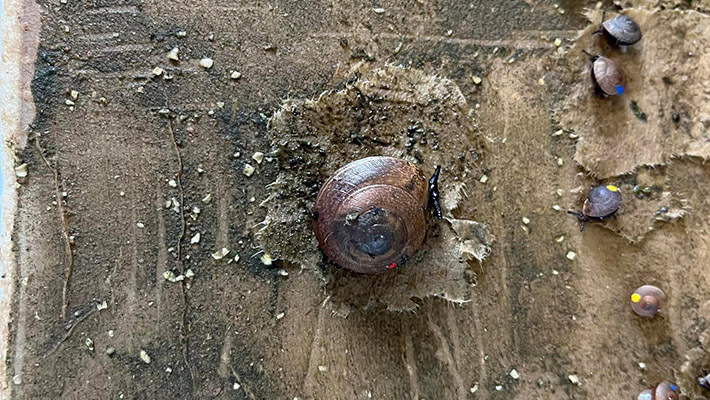Conservation ecology of Greater Bilby: survival, reproductive success and movement ecology in a breeding sanctuary in NSW
The Greater Bilby is an iconic, threatened marsupial that was once widespread throughout arid and semi-arid Australia, including NSW. Due to habitat loss and introduced predators and herbivores, the Greater Bilby has been locally extinct in NSW for more than a century.

























